Split peas are a fantastic source of protein and dietary fibre and are very low in fat. Split peas' nutrient profile has been connected to a slew of health advantages, including those for the digestive tract and the heart.
Most frequently, they are used to make split pea soup. In addition to hummus, split peas can be used to make split pea salad, split pea tacos, and split pea curry.
Table of Contents
What are Split peas?
Yellow or green peas which have been dried and had their skin removed are known as split peas. The nutritional value of both variants is identical, however their flavours are different. Green split peas are delicious, whereas yellow split peas have a more subtle flavour.
Difference between lentils and Split peas:
Lentils are often mistaken for split peas, and vice versa. Split peas and lentils may both be considered legumes, but they are distinct from one another. Split peas, or field peas, are exactly what their name implies. In contrast to lentils, which are often harvested as seeds before being dried, they are cultivated only for that purpose. The peas are then dried, skinned, and halved before being stored.
Health benefits of split peas:
1. They improve heart health
Soluble fiber, which is abundant in split beans, is great for reducing cholesterol, a major contributor to hypertension, cardiovascular disease, and other cardiovascular symptoms like heart attack.
The antioxidants and minerals like potassium, magnesium, and calcium found in split beans may help keep your heart healthy.
2. They control glucose levels in the blood
Soluble fibre, which is abundant in peas, prevents the rapid uptake of glucose by cells and its subsequent release into the bloodstream.
As a result, insulin resistance and type 2 diabetes can be improved by keeping glucose levels stable.
3. They help in maintaining a healthy body weight
The high protein content of split peas helps you feel full faster. This aids weight loss by encouraging a low-calorie diet and limiting snacking.
The high fibre level also prevents nibbling, which can add calories and lead to weight gain, by keeping your stomach full.
Split peas and other legumes are great for weight loss, but they are also great for maintaining a healthy weight.
4. They help in digestion
Split peas' fibre content may aid digestion by stimulating intestinal activity and warding against constipation. The fibre promotes the growth of beneficial bacteria in the digestive tract and discourages the proliferation of harmful strains.
This reduces the inflammation that can cause a number of gastrointestinal problems, including IBS and inflammatory bowel disease.
5. They promote bone health
Split beans are a great source of minerals and trace minerals that are important for bone health and strength.
For example, magnesium increases bone density and protects against osteoporosis to benefit bone health.
However, potassium has been shown to increase bone mineral density by neutralising acidity inside the bones and preventing calcium loss.
How to prepare split peas?
Split peas have a shorter cooking time than other legumes and don't need to be soaked before being prepared for the stove. If you'd rather soak them, though, that's fine too. The same goes for split peas and other legumes: always wash them before eating. This removes any dirt or debris before they are cooked.
Dried split peas, water, and your preferred spices or seasonings are all you need to make a delicious meal. Use twice as much liquid (water or stock) as dry peas when cooking with split peas. They taste great whether prepared in a slow cooker, pressure cooker or on the hob.
Split peas and water should be placed in a pot for stovetop cooking. To ensure the peas are cooked through, bring to a boil and then reduce heat to a simmer for around 25 minutes. Make a hearty soup, stew, or dal with the peas.
Frequently asked questions on split peas:
Ques. Which is healthier: split peas or lentils?
Ans. Split peas and lentils have almost the same number of nutrients and health benefits per serving. Lentils, on the other hand, contain a little more fibre and protein per serving than split peas.
Ques. Are split peas a carb or protein?
Ans. Split peas are a great source of protein and carbohydrates. However, split peas' carbohydrate level is far higher than its protein content. The USDA estimates that 100 grams of split peas provides 8 grams of protein and 21 grams of carbs.
Ques. Are split peas gas-inducing?
Ans. While fresh green peas often don't give people any trouble, dried peas, sometimes known as split peas, can. Eating too many split peas can lead to a painful buildup of gas in the digestive tract. Gastric issues can be avoided, though, if split peas are consumed in moderation.
Ques. How beneficial is split pea soup to the liver?
Ans. Split peas are an excellent low-fat source of protein, fibre, and three B vitamins. All of these things are good for the liver. Split pea soup can be made even more nutritious by adding other veggies like celery, carrots, etc.
Ques. Which is better: green or yellow split peas?
Ans. The nutritional value of green and yellow split peas is almost equivalent. They both contribute to better health and include comparable levels of essential nutrients. Green split peas are a tad sweeter than yellow split peas, but that's the only discernible difference between the two.

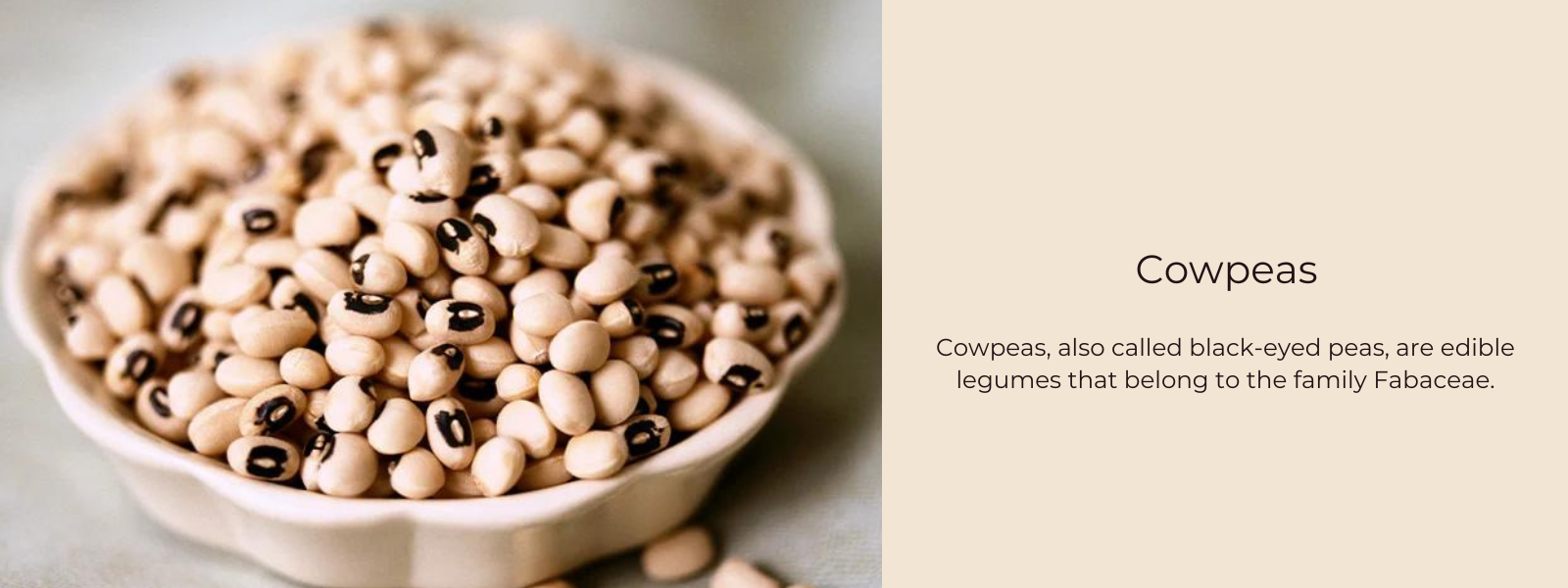
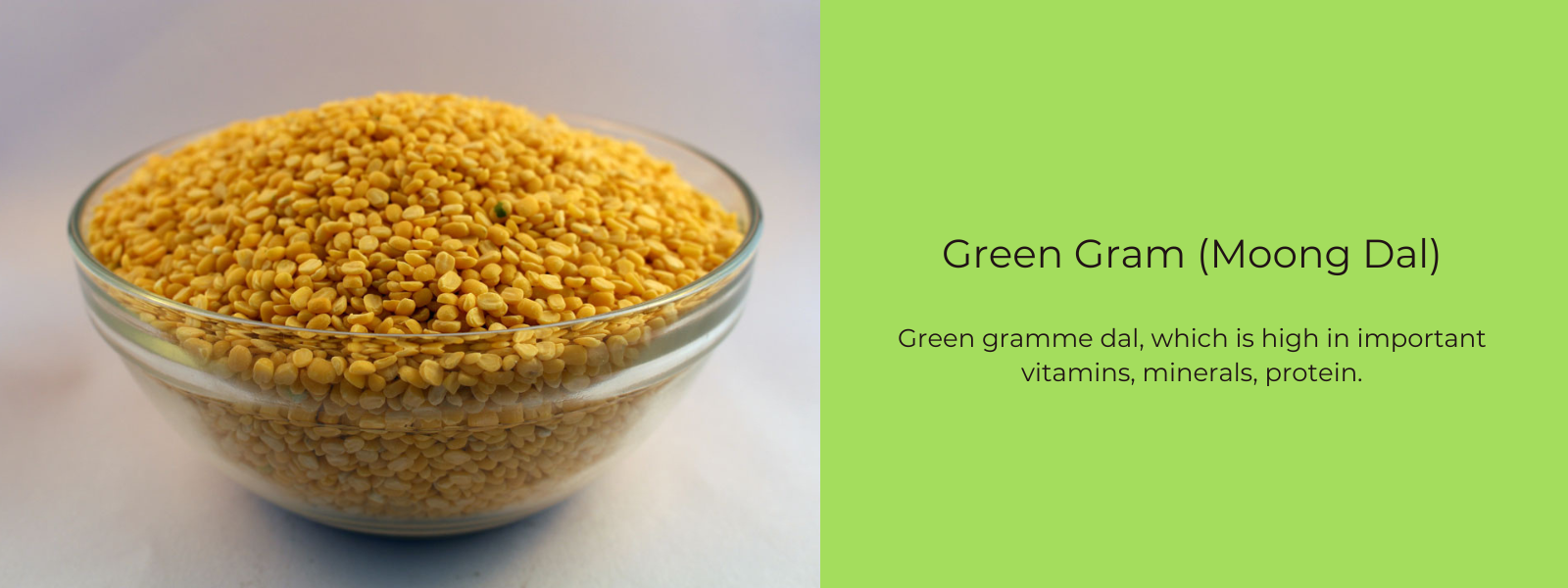
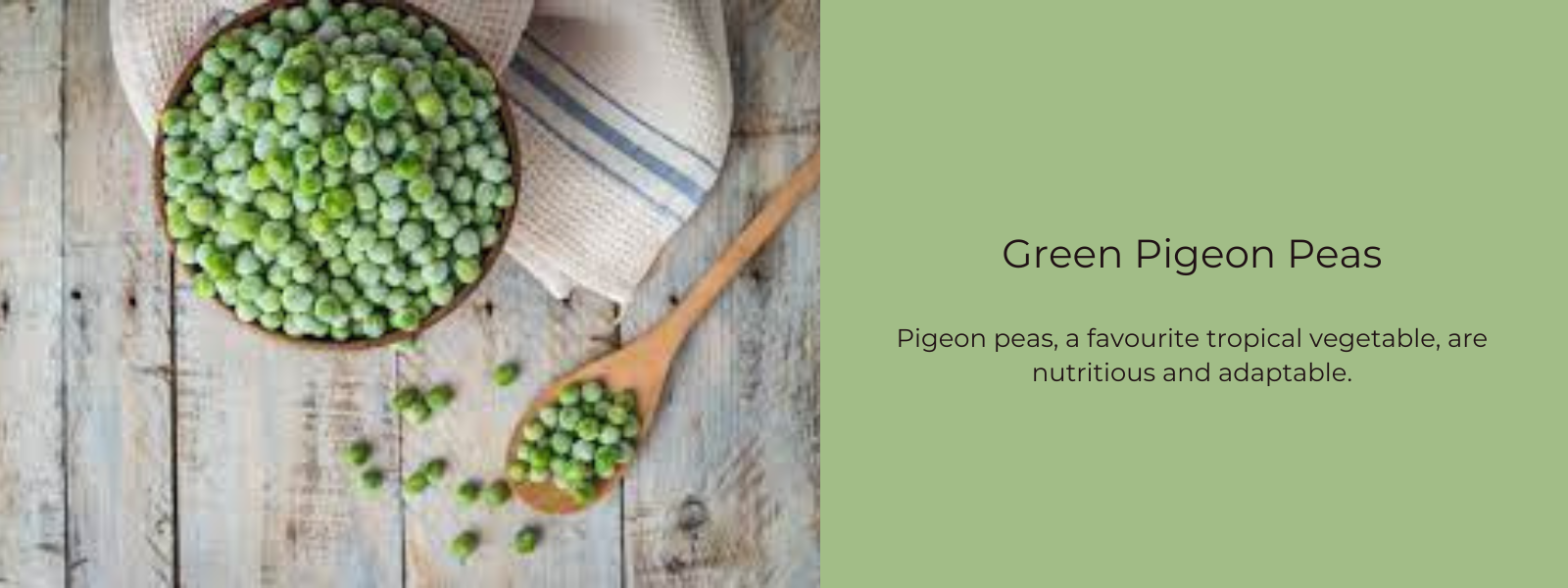
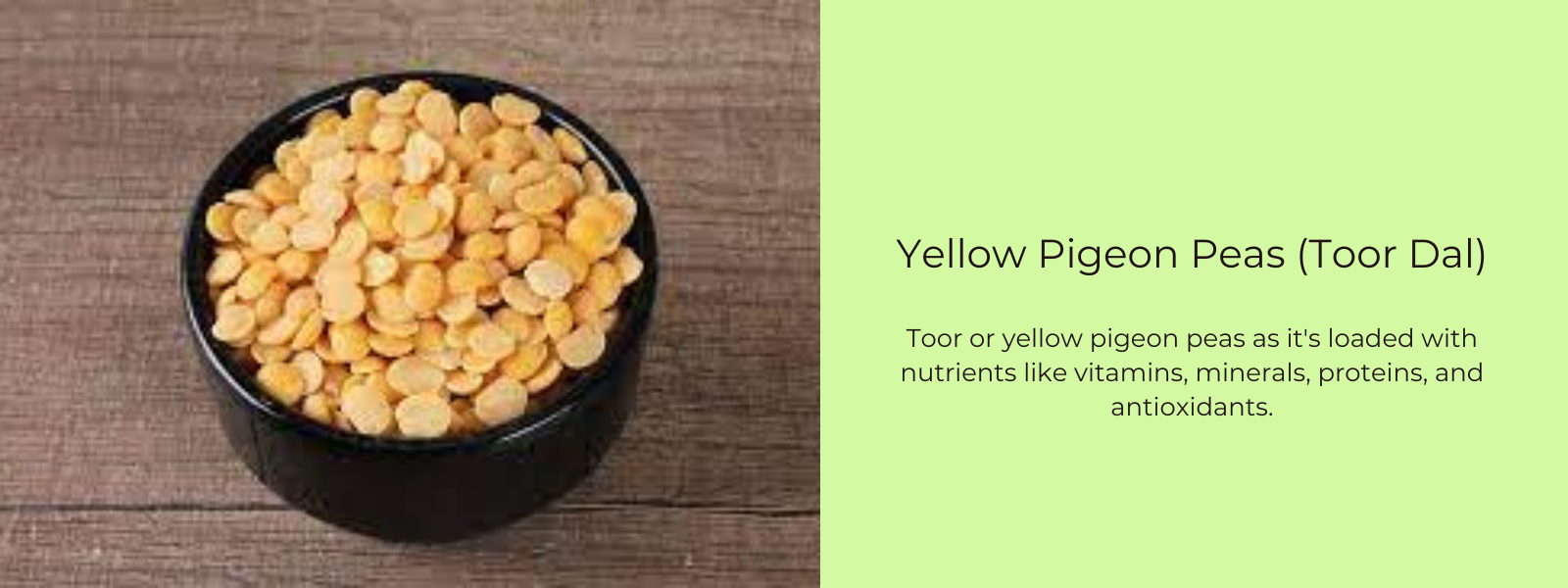

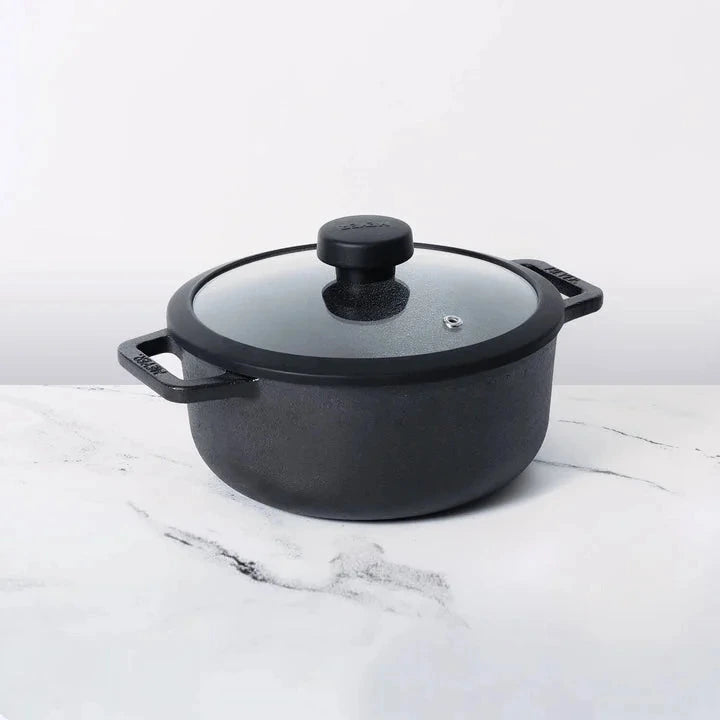




Leave a comment